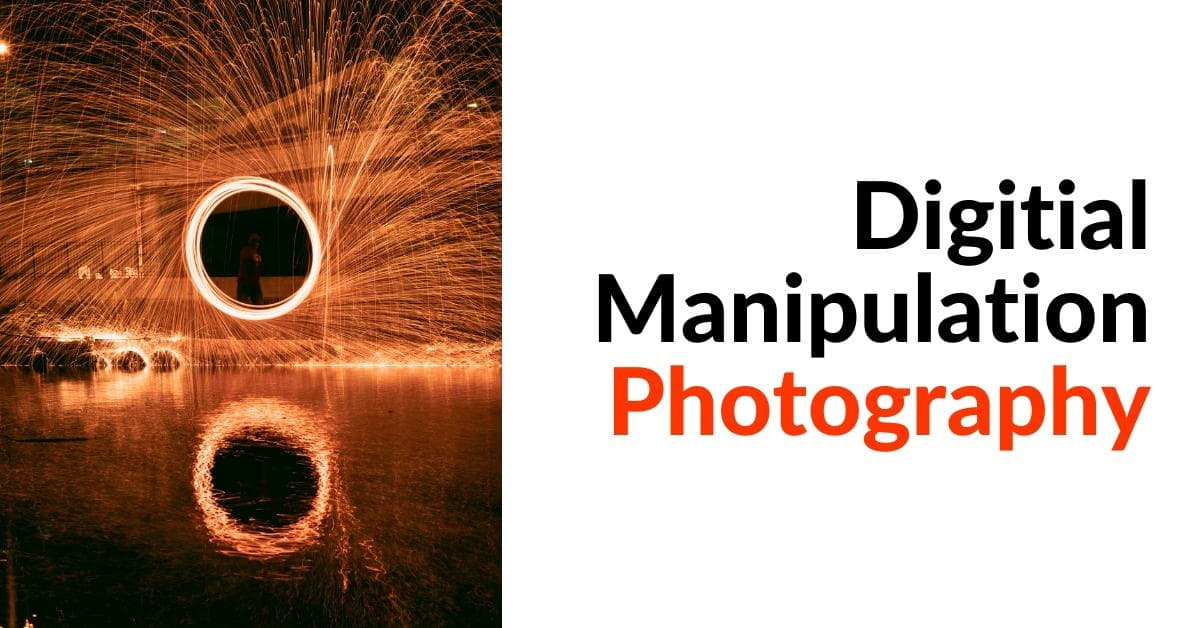In the age of digital photography, the possibilities for creative expression are virtually limitless. One of the most intriguing facets of this art form is digital manipulation photography. With the aid of advanced software and a keen eye for detail, photographers can transform ordinary images into extraordinary works of art. This article delves into the world of digital manipulation photography, discussing techniques, tools, and answering frequently asked questions for both beginners and enthusiasts.
Digital Manipulation Photography: Unveiling the Art
What Is Digital Manipulation Photography?
Digital manipulation photography, often referred to as photo editing or post-processing, is the art of altering and enhancing images through the use of computer software. It allows photographers to modify and improve photographs, giving them a distinct, personalized touch. Whether you want to retouch imperfections, adjust colors, or create surreal landscapes, digital manipulation offers endless possibilities.
Techniques for Digital Manipulation Photography
1. Color Correction and Enhancement:
Color plays a crucial role in conveying emotions and moods in photography. With digital manipulation, you can adjust color saturation, balance, and temperature to create the desired atmosphere in your photos.
2. Retouching and Airbrushing:
Portrait photographers often use digital manipulation to retouch skin imperfections, reduce wrinkles, and enhance facial features, while maintaining a natural appearance.
3. Composite Photography:
Creating composite images involves blending multiple photos to form a single, cohesive picture. This technique is popular in surreal and fantasy photography.
4. Special Effects:
Digital manipulation allows for the addition of special effects like lens flares, light streaks, or bokeh to enhance the overall impact of a photograph.
5. Manipulating Perspectives:
Through digital manipulation, you can alter the perspective of your image, correct distortions, and even make objects appear larger or smaller than they actually are.
Tools for Digital Manipulation
1. Adobe Photoshop:
Adobe Photoshop is the industry standard for photo editing. Its comprehensive features cater to professionals and hobbyists alike.
2. Lightroom:
Also by Adobe, Lightroom is perfect for photographers looking to organize and enhance their photos. It’s user-friendly and provides powerful editing tools.
3. GIMP:
The GNU Image Manipulation Program (GIMP) is a free, open-source alternative to Photoshop. It offers many similar features and is highly regarded in the photography community.
4. Canva:
Canva is an excellent choice for those seeking an intuitive, web-based platform for quick and straightforward edits, graphic design, and creative projects.
5. Corel PaintShop Pro:
This software is known for its user-friendliness and affordability, making it a great option for beginners.
FAQs
Q1: Is digital manipulation photography ethical?
Answer: Digital manipulation is a common practice in the photography industry, but ethical considerations arise when altering images in journalism or documentary photography. In these contexts, maintaining the accuracy and integrity of the story is crucial. In art and creative photography, the boundaries are more relaxed, and the extent of manipulation is a matter of personal and artistic choice.
Q2: Do I need expensive software for digital manipulation photography?
Answer: While professional software like Adobe Photoshop offers a wide range of tools, there are free or more affordable alternatives like GIMP and Canva that can provide excellent results for beginners or those on a budget.
Q3: How can I learn digital manipulation photography?
Answer: Learning digital manipulation photography involves practice, experimentation, and online resources. Many tutorials, courses, and forums are available to help you develop your skills. Consider enrolling in online courses or exploring YouTube tutorials for step-by-step guidance.
Q4: Can I use digital manipulation for enhancing my landscape photos?
Answer: Yes, digital manipulation is frequently used to enhance landscape photos. You can adjust colors, remove distractions, and even combine multiple exposures to create stunning landscape shots.
Q5: What’s the balance between enhancing and over-manipulating photos?
Answer: Finding the right balance is subjective and varies depending on your artistic intent. It’s essential to enhance images to achieve your desired aesthetic while avoiding excessive alterations that distort the reality or message you want to convey.
Conclusion
Digital manipulation photography opens up a world of creative possibilities for photographers. By mastering the techniques and choosing the right tools, you can transform ordinary photos into extraordinary works of art. Whether you’re a beginner or an enthusiast, digital manipulation can enhance your photography and set your work apart from the rest. Explore, experiment, and enjoy the journey of creating captivating images that tell your unique visual stories.
This page was last edited on 19 February 2024, at 5:05 pm
